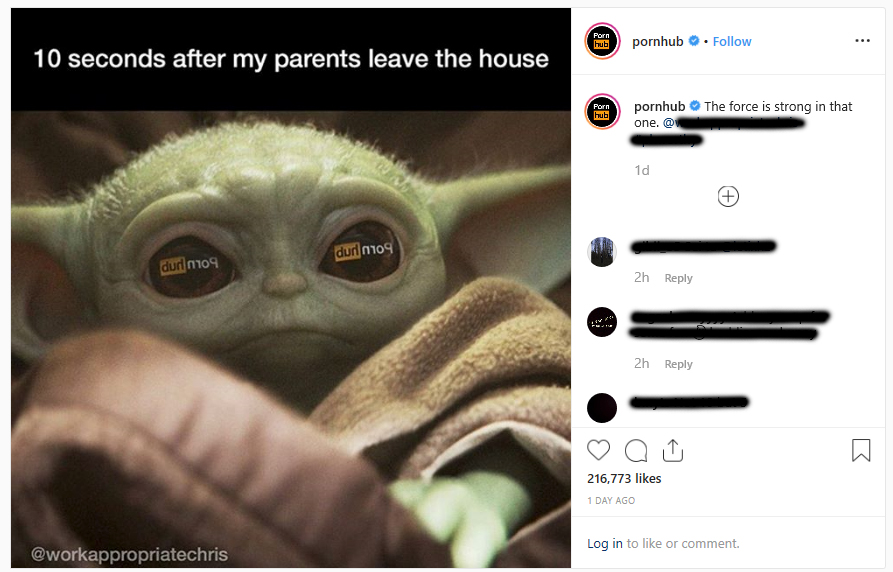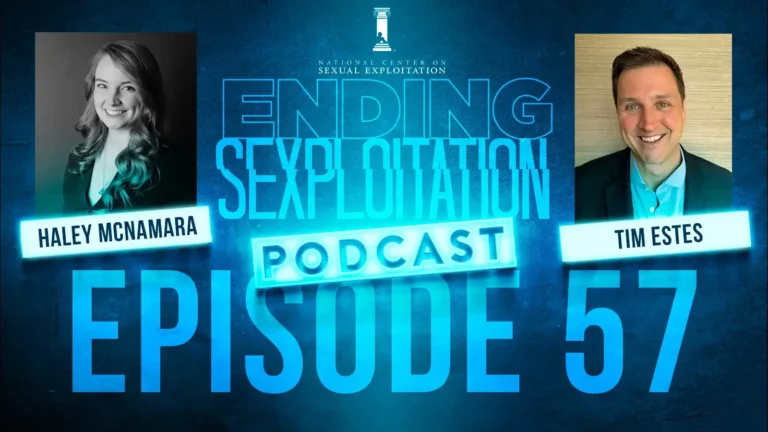Odds are good that you have seen at least one version of this viral Internet meme being shared countless times across Facebook, Instagram, and Twitter (and beyond): an adorable tiny green alien known colloquially as “Baby Yoda.”
Baby Yoda is a character from a Disney+ series called The Mandalorian. Although said to be 50 years old in the series which is set within the massively popular fictional Star Wars universe, the show also makes it clear that the creature is actually a child (because, y’know, aliens can age differently than us) and is depicted doing many of the typical things babies do as he coos, cries, and needs constant protection by the fully-grown creatures around him.
Baby Yoda is undoubtedly cute. A symbol of childlike innocence, even. Its cute, cuddly, and wide-eyed visage quickly became a hit online and was playfully meme-ified by many. But it didn’t take long for some of those memes to cross over to the dark side when someone edited a screenshot of the character in such a way as to imply that Baby Yoda was watching pornography and uploaded it with the caption “10 seconds after my parents leave the house”.

The porn industry widely shared the image, capitalizing on the virality and popularity of the meme. Pornhub itself even reposted the image on their Instagram, implying that they are aware that children are watching pornography on their site and are comfortable with this reality. (Although the post has since disappeared from their profile, it racked up over 200k “Likes” while it was up.) The industry knows that children often search for innocent things like Baby Yoda or other cartoon characters they like on the Internet and they purposely abuse this reality in order to draw adolescents to their sites. Unfortunately, cartoon pornography depicting well-known characters is commonplace online.
Some may try to wave this off as a harmless joke, but the implications of normalizing the use of pornography by a developing child—even a tiny green fictional child—are anything but harmless. Normalizing children watching pornography is incredibly dangerous, especially given that research shows 93% of boys and 62% of girls have seen pornography during adolescence and that the effects of pornography use are wide-ranging and insidious—especially on young brains.
There is no line the pornography industry won’t cross in order to gain views and further exploit women, men, and even children. The gateway to pornography abuse can happen anytime and anywhere. The constant onslaught of graphic material is too much for any one person or parent to fully prevent in their own life or in their children’s lives (though there are some excellent resources parents can use to make a big difference in their kids’ lives). Unfortunately, this example of co-opting Baby Yoda to jokingly normalize children using pornography is just another example of the ways porn has become an epidemic in our culture.
To learn more about the public health crisis of pornography, visit our project page here.



